Any steel sector strategy without PSM cannot work
PSM can be upgraded to production capacity of 3-5m tons per annum
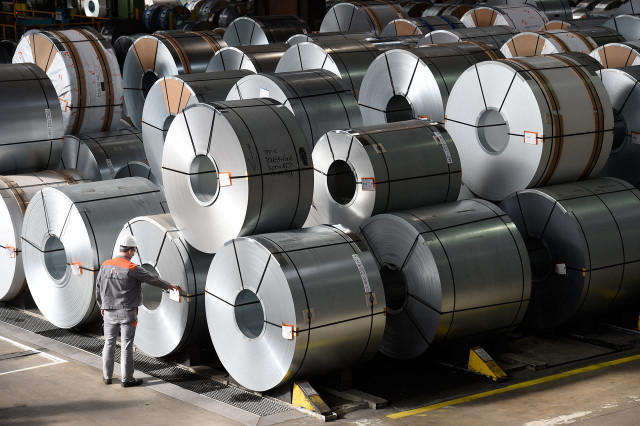
Representational image. PHOTO: REUTERS
With PSM, the issues involved are accumulated losses and liabilities, continued payment of salaries to employees and other expenditures. In the case of Al Tuwairqi Steel, Pakistan faces litigation connected with gas supply and its prices.
PSM is being revived. If it is feasible to revive, why was it closed down in the first place? Corruption and over-employment have been cited as the major reasons, which caused indiscipline and losses.
Cheaper Chinese steel, available in the market, has also been blamed for the PSM’s closure in addition to the lack of economies of scale. PSM had been privatised earlier but the Supreme Court overturned the move, as was the case with the Reko Diq copper and gold project.
The Sindh government has also opposed privatisation, albeit due to a different reason. There are some genuine questions and issues.
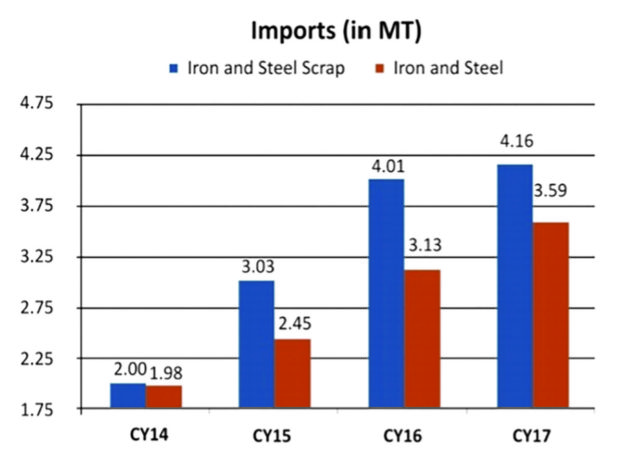
Any steel sector strategy cannot do wonders without involving PSM. The production capacity of PSM is 1.1 million tons per annum. However, it has the capacity of producing a wide variety of steel products including raw blooms and slabs, hot-rolled and cold-rolled sheets and plates of a variety of thicknesses.
In terms of today’s consumption levels, PSM’s capacity is rather limited that can meet only 10-12% of demand. Its revival or closure will not make much difference in the market.
However, it has the potential of being upgraded with a production capacity of 3-5 million tons per annum, which turns it into an important market player worth revival. The utilisation of 18,000 acres of land and the establishment of a downstream industry is another attraction.
However, the main driver for its revival appears to be the accumulated liabilities of Rs470 billion and a continuing salary bill of more than 10,000 employees.
During his recent visit to China, Prime Minister Imran Khan requested Beijing to take over PSM under some reasonable arrangement. China has earlier bailed out Pakistan in a similar project called the Saindak Metals project of copper and gold in Balochistan.
Saindak Metals was built by China as it needed copper but it had surplus iron and steel. Thus, PSM may be a difficult issue for China to decide on.
However, there is a market potential of 5-10 million tons per annum which PSM can help to acquire. On the other hand, China would have the market in any case as it is the largest and lowest-cost steel producer in the world.
Thorny issue
Al Tuwairqi Steel, a Saudi-Korean joint venture located near PSM, is yet another thorny issue. Al Tuwairqi was a DRI (Direct Reduction Iron) project based on gas and imported iron ore.
It became uneconomical due to rising gas prices and could hardly run beyond one or two months. It has remained closed and has gone to the international tribunal as well.
Its case appears to be weak as many other plants in gas-poor countries have been shut down. However, risks remain as the tribunal has not been inclined towards countries and governments and has decided in favour of investors.
Al Tuwairqi had invested around $250 million and had planned to invest $800 million in three phases. It is highly desirable that some technical and financial solution is arrived at under an out-of-court settlement. It may be possible to develop a combined package that revives both PSM and Al Tuwairqi.
In case China does not show interest in reasonable terms, an attempt can be made to revive PSM and Al Tuwairqi as a package under a government-to-government arrangement or otherwise with Saudi Arabia.
There is a potential synergy between the two projects. Coke oven gas of PSM can be used to run the nearby DRI plant of Al Tuwairqi. At the same time, Al Tuwairqi’s output can go to PSM for conversion into various steel products.
The PSM revival plan, as proposed by China Development Bank, will require an injection of $885 million in three phases. The number matches the intended Al Tuwairqi investment which has been withheld.
We are in need of a strategy to come out of the impasse and promote the iron and steel sector. The strategy should be consistent with resource endowment. Pakistan neither has iron ore, nor the coal of quality required in the conventional blast furnace process employed in PSM.
Neither was the economies of scale available, especially at the time when PSM was constructed in the 1980s. Even Al Tuwairqi in the private sector did not plan the project well. It based its design on the vertical shaft type plant which required gas.
In India, most of the DRI plants utilise coal because of their Rotary Kiln design. Jindal Steel of India has recently commissioned a coal gasification plant, which will supply coal gas (syngas) to its shaft type DRI plant, which is similar to that of Al Tuwairqi. The latter could do the same and the government of Pakistan should encourage it.
Lignite for producing urea
Another development is of high interest in this respect. In North Dakota, a lignite/coal gasification plant has been successfully commissioned which supplies syngas to a urea plant. We have similar lignite at Thar with deposits that could last for centuries at the probable rate of consumption.
There was always a question about lignite being useful in gasification. Doubts were created by an underground coal gasification project, which failed and stirred some controversies. Thar lignite should be examined for producing coke and fertiliser.
In general, except for the fait accompli in the case of PSM, the blast furnace process may not be appropriate for Pakistan, both in terms of economies of scale and lack of raw material – iron ore and coke/coal.
Smaller DRI-type plants with a capacity of 200,000 tons per year may be appropriate. Lignite can possibly be used in Rotary Kilns of the DRI plants.
Despite having substantial iron ore and coal resources, India has adopted the DRI process in a major way. There are 125 DRI plants in India, producing 25 million tons of DRI per annum and associated steel. Total steel production in India is 106 million tons per annum.
Thus, the Pakistan industry should adopt DRI (coal-Rotary Kiln) as a mainstream process with government facilitation.
Finally and perhaps more importantly, some German firms have started producing high-strength special coke out of lignite. This may be extremely useful for PSM if the same could be done with Thar lignite.
Lignite coke could be used in the blast furnace of PSM. A packaged approach for reviving PSM and Al Tuwairqi Steel should receive serious consideration to avoid the risk of an adverse verdict by the international tribunal.
There are alternative ways of selling individual finished steel plants of PSM, separately, while waiting to sell or revive the raw steel unit later.
Should PSM be revived, in its original form or otherwise, is a lingering question? It is argued that large integrated projects have risks as has happened with PSM. It is argued that small disintegrated plants could be a better choice, as has happened actually, for the growth of the steel industry in the private sector.
The writer is a former member energy of the Planning Commission
Published in The Express Tribune, October 21st, 2019.
Like Business on Facebook, follow @TribuneBiz on Twitter to stay informed and join in the conversation.

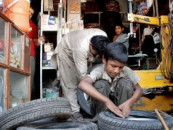

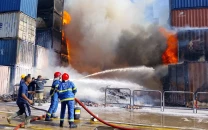


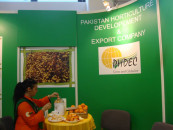












COMMENTS
Comments are moderated and generally will be posted if they are on-topic and not abusive.
For more information, please see our Comments FAQ